Introduction
The world of technology has seen a significant evolution over the years, and one area that has not been left behind is the military sector. One of the most intriguing advancements in this field is the use of laser crystals. In this article, we delve into five types of laser crystals commonly used in the military field.
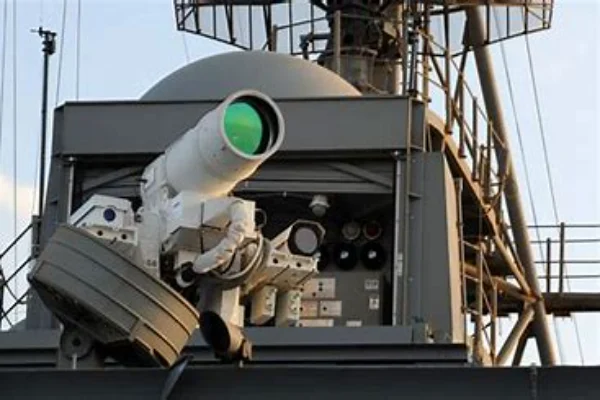
Understanding Laser Crystals
Before we delve into the specifics, it’s crucial to understand what laser crystals are. These are optical materials that can be used to generate laser light through the process of stimulated emission. The crystals are doped with certain ions that can amplify light when energized, leading to the emission of laser light.
The Role of Laser Crystals in the Military Field
Laser crystals play a significant role in the military field. They are used in a variety of applications, including target designation, range finding, and countermeasures. These applications are critical in enhancing the efficiency and effectiveness of military operations.
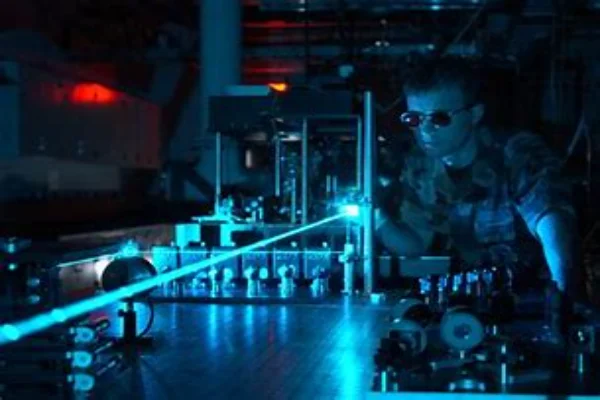
Four Commonly Used Laser Crystals in the Military Field
Now that we have a basic understanding of laser crystals and their role in the military field, let’s explore four commonly used types.
Nd:YAG (Neodymium-doped Yttrium Aluminum Garnet)
The Neodymium-doped Yttrium Aluminum Garnet, commonly referred to as Nd:YAG, is a cornerstone in the realm of laser crystals, particularly within the military sector. This laser crystal’s prominence is largely attributed to its impressive thermal conductivity and its low lasing threshold. These attributes make it an ideal candidate for high-power continuous wave operation, a critical aspect in various military applications.
The Nd:YAG laser crystal operates by being pumped by a light source, which excites the neodymium ions embedded within the crystal lattice. These ions then emit light at a specific wavelength, creating a laser beam. The high thermal conductivity of Nd:YAG allows it to handle the heat generated during this process, making it suitable for high-power applications. Furthermore, its low lasing threshold means that it requires less energy to start producing laser light, which is a significant advantage in power-sensitive military applications.
One of the primary applications of Nd:YAG in the military field is laser range finding. This technology is used to determine the distance to a target by bouncing a laser beam off the object and measuring the time it takes for the light to return. The accuracy and speed of Nd:YAG lasers make them ideal for this purpose, providing real-time data that can be crucial in dynamic battlefield scenarios.
In addition to range finding, Nd:YAG lasers are also used for target designation. This involves illuminating a target with a laser to guide munitions or other forces to the target. The robustness and reliability of Nd:YAG lasers make them well-suited to this task, enabling precise and effective target engagement.
Beyond these applications, Nd:YAG lasers also find use in laser-induced breakdown spectroscopy (LIBS), a technique used for elemental analysis in the military field. LIBS involves focusing a laser beam onto a sample to create a plasma, which emits light that can be analyzed to determine the sample’s elemental composition. This can be used for a variety of purposes, from identifying hazardous materials to analyzing geological samples in the field.
In conclusion, the Nd:YAG laser crystal is a versatile and powerful tool in the military field. Its unique properties make it ideal for a range of applications, from range finding and target designation to elemental analysis. As technology continues to advance, it is likely that we will see even more innovative uses for this remarkable material.
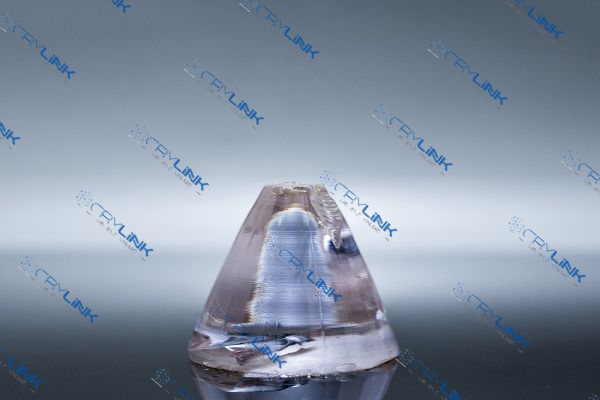
Er:YAG (Erbium-doped Yttrium Aluminum Garnet)
The Erbium-doped Yttrium Aluminum Garnet, or Er:YAG, is a laser crystal that has carved out a unique niche within the military field, thanks to its ability to emit light in the mid-infrared part of the spectrum. This specific wavelength range, coupled with its high efficiency and excellent thermal properties, makes Er:YAG a valuable asset in a variety of military applications.
Er:YAG lasers operate by exciting erbium ions within the crystal lattice, which then emit light at a specific wavelength. This wavelength, in the mid-infrared range, is particularly useful for interactions with biological tissues, which is why Er:YAG lasers are often used in medical applications. The high efficiency of these lasers means that they can produce a strong output with less energy input, making them energy-efficient. Additionally, their good thermal properties allow them to handle the heat generated during laser operation, which is crucial for maintaining performance and longevity.
In the military field, one of the key applications of Er:YAG lasers is in medical scenarios. These lasers are used in a variety of surgical procedures, including cutting, vaporizing, and coagulating tissue. Their ability to precisely target and effectively interact with biological tissue makes them an invaluable tool in military medicine, where quick, efficient, and precise procedures can be the difference between life and death. Furthermore, Er:YAG lasers are also used in dental procedures, providing a high level of precision and control, which is essential in this delicate field.
Beyond the realm of medicine, Er:YAG lasers also play a significant role in remote sensing applications within the military. Specifically, they are used in Laser Detection and Ranging (LIDAR) systems. LIDAR is a remote sensing method that uses light in the form of a pulsed laser to measure distances. These systems can be used to create high-resolution maps, with applications ranging from topographical mapping to environmental monitoring. In the military context, LIDAR can be used for reconnaissance, surveillance, and target identification, among other applications.
In conclusion, the Er:YAG laser crystal is a versatile and efficient tool in the military field. Its unique properties and the specific wavelength of light it emits make it ideal for a range of applications, from medical procedures to remote sensing. As technology continues to evolve, it is likely that the role of Er:YAG lasers in the military will continue to expand and diversify.
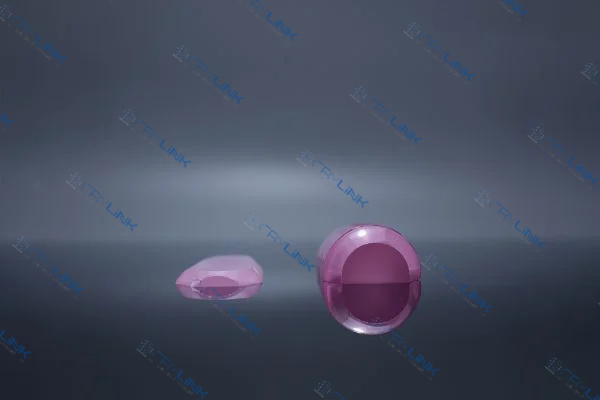
Ti:Sapphire (Titanium-doped Sapphire)
The Titanium-doped Sapphire, or Ti:Sapphire, is a laser crystal that has gained significant recognition in the military field due to its versatility, wide tuning range, and high gain. These properties make it an ideal choice for ultrafast pulsed lasers, which are lasers that emit light pulses with durations between a picosecond (one trillionth of a second) and a femtosecond (one quadrillionth of a second).
Ti:Sapphire lasers operate by exciting titanium ions within the sapphire crystal lattice. These ions then emit light at a specific wavelength, which can be tuned over a wide range by adjusting the angle of the crystal. This wide tuning range is one of the key features of Ti:Sapphire lasers, allowing them to be used in a variety of applications that require different wavelengths of light.
The high gain of Ti:Sapphire lasers means that they can amplify light very effectively, making them ideal for high-power applications. This, combined with their ability to produce ultrafast pulses, makes them a valuable tool in the military field, where high power and precision are often required.
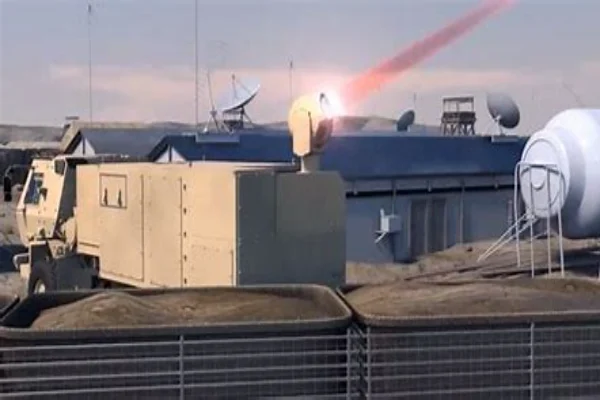
One of the primary applications of Ti:Sapphire lasers in the military field is in ultrafast spectroscopy. This is a technique used to study the properties of materials by observing how they interact with light. Ultrafast spectroscopy can provide detailed information about a material’s electronic and vibrational states, making it a valuable tool for research and development in the military field.
In addition to ultrafast spectroscopy, Ti:Sapphire lasers are also used in nonlinear optics, a branch of optics that studies the behavior of light in nonlinear media, where the response of the medium to the light is not proportional to the intensity of the light. Nonlinear optical processes can be used to generate new frequencies of light, to change the direction of light, or to change the shape of light pulses. In the military field, these capabilities can be used in a variety of ways, from enhancing the performance of optical communication systems to developing new types of sensors and imaging systems.
Another significant application of Ti:Sapphire lasers in the military field is in free-electron lasers. These are a type of laser that uses the motion of electrons in a magnetic field to generate light. Free-electron lasers can produce very high-power light and can be tuned to a wide range of wavelengths, making them useful for a variety of applications in the military field, from cutting and welding materials to research and development.
In conclusion, the Ti:Sapphire laser crystal is a versatile and powerful tool in the military field. Its unique properties and the specific wavelength of light it emits make it ideal for a range of applications, from ultrafast spectroscopy to nonlinear optics and free-electron lasers. As technology continues to evolve, it is likely that the role of Ti:Sapphire lasers in the military will continue to expand and diversify.
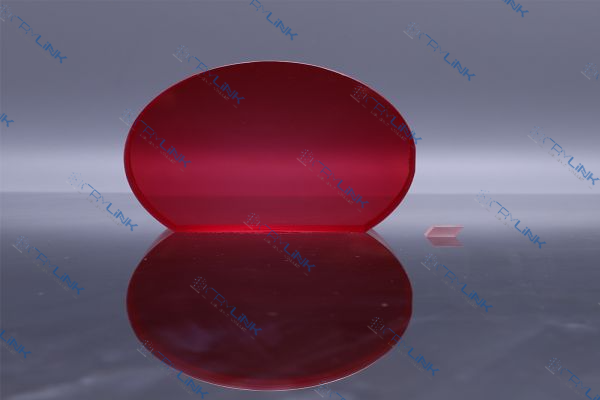
Yb:YAG (Ytterbium-doped Yttrium Aluminum Garnet)
The Ytterbium-doped Yttrium Aluminum Garnet, or Yb:YAG, is a laser crystal that has made a significant impact in the military field. This laser crystal is known for its high quantum efficiency and good thermal properties, making it a preferred choice for high-power applications.
Yb:YAG lasers operate by exciting ytterbium ions within the crystal lattice. These ions then emit light at a specific wavelength, creating a laser beam. The high quantum efficiency of Yb:YAG means that it can convert a large proportion of the pump light into laser light, making it an energy-efficient choice. Additionally, its good thermal properties allow it to handle the heat generated during laser operation, which is crucial for maintaining performance and longevity in high-power applications.
One of the key applications of Yb:YAG in the military field is in high-power laser systems. These systems require a laser crystal that can handle high power levels while maintaining efficiency and beam quality, and Yb:YAG fits the bill perfectly. Its high quantum efficiency and good thermal properties make it an ideal choice for these demanding applications.
One specific high-power application where Yb:YAG is used is laser-induced fusion. This is a process where high-power lasers are used to heat and compress a small pellet of nuclear fuel, causing the atoms in the fuel to fuse together and release energy. This process requires a laser that can deliver a large amount of energy in a very short time, and Yb:YAG is well-suited to this task.
In addition to high-power applications, Yb:YAG is also used in laser range finding and target designation in the military field. Laser range finding involves bouncing a laser beam off a target and measuring the time it takes for the light to return to determine the distance to the target. The accuracy and speed of Yb:YAG lasers make them ideal for this purpose. Target designation, on the other hand, involves illuminating a target with a laser to guide munitions or other forces to the target. The robustness and reliability of Yb:YAG lasers make them well-suited to this task, enabling precise and effective target engagement.
In conclusion, the Yb:YAG laser crystal is a versatile and powerful tool in the military field. Its unique properties and the specific wavelength of light it emits make it ideal for a range of applications, from high-power laser systems to range finding and target designation. As technology continues to evolve, it is likely that the role of Yb:YAG lasers in the military will continue to expand and diversify.
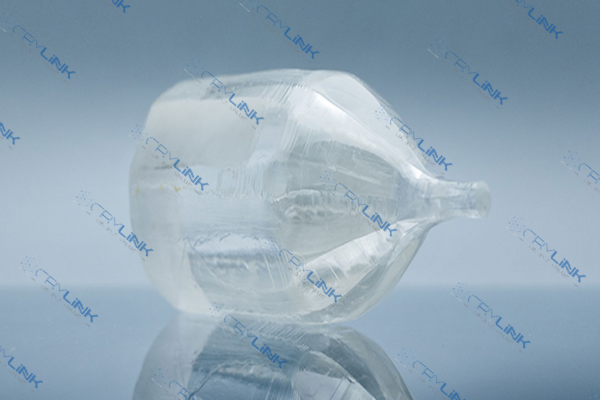
Conclusion
The use of laser crystals in the military field has revolutionized various operations, enhancing efficiency and effectiveness. The five laser crystals discussed in this article – Nd:YAG,, Er:YAG, Ti:Sapphire, and Yb:YAG – are commonly used due to their unique properties and wide range of applications. As technology continues to evolve, we can expect to see even more innovative uses of these crystals in the military field.
Frequently Asked Questions
- Q1: What are laser crystals?
- A1: Laser crystals are optical materials that can generate laser light through the process of stimulated emission.
- Q2: What is the role of laser crystals in the military field?
- A2: Laser crystals are used in various military applications, including target designation, range finding, and countermeasures.
- Q3: What are some commonly used laser crystals in the military field?
- A3: Some commonly used laser crystals in the military field include Nd:YAG, Er:YAG, Ti:Sapphire, and Yb:YAG.
- Q4: What is Nd:YAG used for in the military field?
- A4: Nd:YAG is used in various military applications, including laser range finding and target designation. It is also used in laser-induced breakdown spectroscopy (LIBS).
- Q5: What is the significance of Yb:YAG in the military field?
- A5: Yb:YAG is used in high-power laser systems for applications such as laser-induced fusion. It is also used in laser range finding and target designation.

Frank
Frank graduated from the University of Shanghai for Science and Technology, majoring in optics. As a technical engineer at Crylink Company, he deeply understands crystal materials and laser components.
Related Video(s) with this Article
Related Product(s) with this Article
Related Application(s) with this Article
